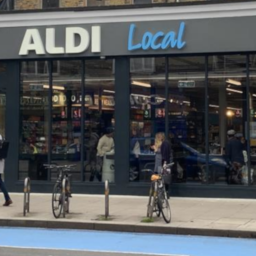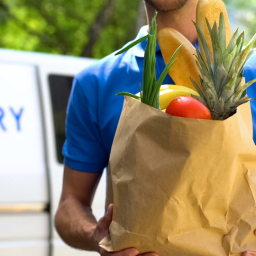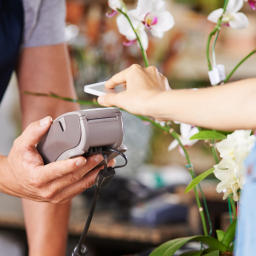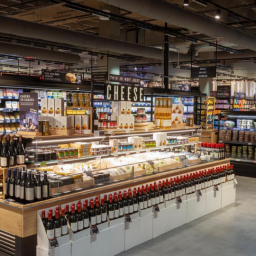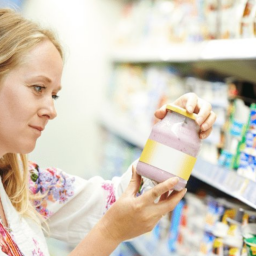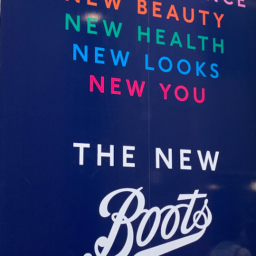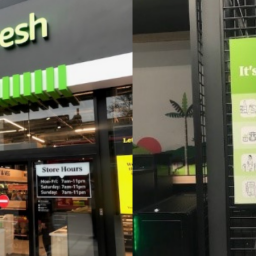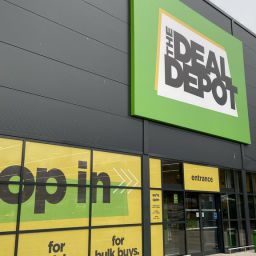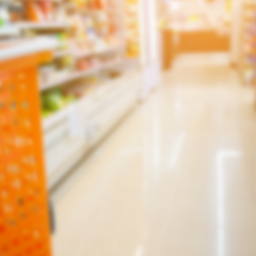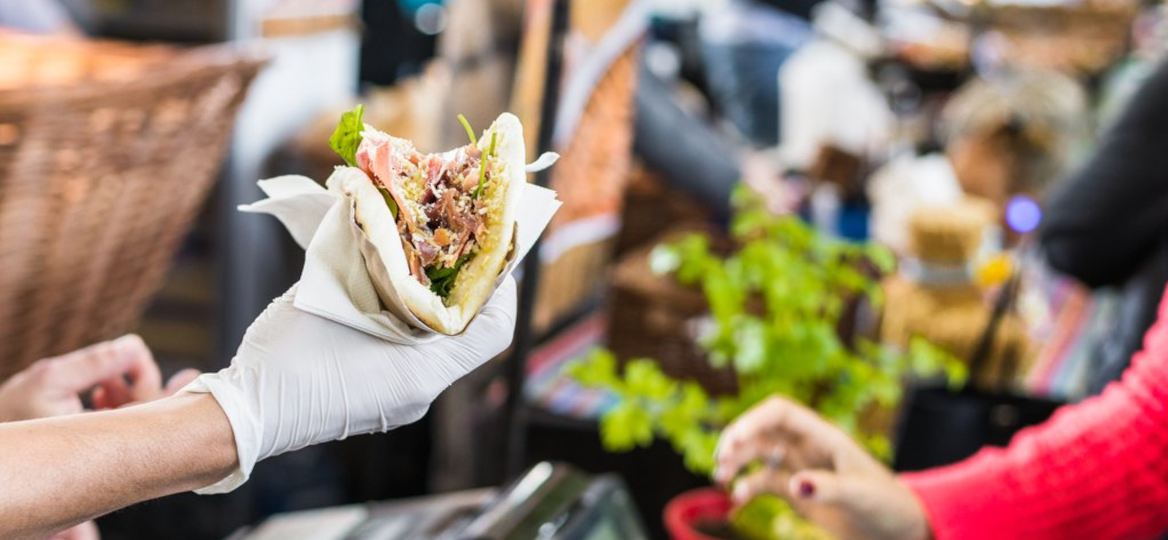
21 billion is a big number. It is nearly triple the number of people on the planet, it’s bigger than some developing economies… and, it’s just shy of the predicted value of the UK food to go market for 2019 – which, according to HIM MCA, stands to be £21.2 billion.
How does the convenience channel fit into this mammoth figure? Convenience grab and go makes up a large chunk of the value, but cracks start to show when we look at food to go growth figures. Channel growth figures are positive, but they are lower than total market. This is to be expected; food to go specialists are focused on the task at hand and so have understandably developed an offer that better meets consumer needs and evolving trends.
Now, whilst we see the highest growth rates in food to go outlets that specialise in contemporary fast food and street food, it’s a couple of the big names I want to focus on and get to the bottom of why they stand ahead of a convenience store’s offer.
Firstly, a player who has undeniably excelled – Pret a Manager; Pret increased their turnover by 11.5% in the financial year to December 2018. Pret’s success can be attributed to, but not limited to, the fact it offers high quality hot and cold food to go options, caters for breakfast, snack, lunch and, arguably, dinner to go day parts, and regularly updates their menu to reflect current trends, often throwing in limited edition lines too to keep things exciting. These are 3 things food to go specialists tend to do better than convenience: better quality meals, better day-part specialisation and quicker reactions to food and drink trends.
Snacking
The question is, can convenience stores try and compete with this type of offer, and also, should they? Snack to go is still the biggest day-part of the food to go market. Traditional snacking categories, such as confectionery and crisps, have a high penetration in convenience stores. Snacking is a huge opportunity for the channel, but to win, snacking ranges must be in line with consumer trends in order to draw in younger food to go shoppers, who currently under-index in the channel. What other day-parts convenience should play into will depend massively on location, for example, a city centre with a working population will do much better from offering breakfast and lunch to go than a neighbourhood village store that does not have this passing trade. But, if playing into these other day-parts, in order to compete, a focus on quality and taste is imperative, given it is the second most important factor to a food to go shopper and good quality food will be readily available in neighbouring food to go specialists for a not too dissimilar price tag.
Speed of service & technology
Speed of service is the only factor that’s more important to the food to go shopper than quality and taste. The one thing we’ve seen a lot more of recently by food to go specialists is technological innovation that aids this speed of service, with technology in many cases adding other benefits too such as meal personalisation. A big name that stands out here is McDonald’s, who has also seen credible growth in the UK throughout recent years. McDonald’s introduced kiosk digital ordering in their stores several years ago, allowing shoppers to speedily order and then pick up from the counter. However, last month they evolved this further by introducing their ‘McDonald’s To-Go’ format. ‘M To-Go’ is a take-away only store where customers can only order via digital kiosks. This targets the fast-paced urban worker who wants to pick up good quality and tasty food to go quickly and with minimal fuss.
Do I think convenience can do more with technology to draw in the food to go shopper? Certainly. Although, this does not mean I think staff should be fully replaced. Staff will always play a key role in convenience, as staff friendliness and helpfulness remains the top importance to a convenience store shopper, but the introduction of technology that speeds up service, such as self-service tills, will then allow for staff to focus on offering other added benefit services. In fact, this is where I think convenience could have its edge over food to go specialists – offering not only speed of service, but also that experience-enhancing personal service too that we do not necessarily see in outlets such as ‘M To-Go’.
In conclusion, convenience can compete by maximising its existing strengths – snacking and staff-led in-store experience – it is in a position to win in these areas if it keeps up to date with trends and invests in technology. It should only go above and beyond this when its customer base and location is correct, and it has the means to compete on quality and taste.


